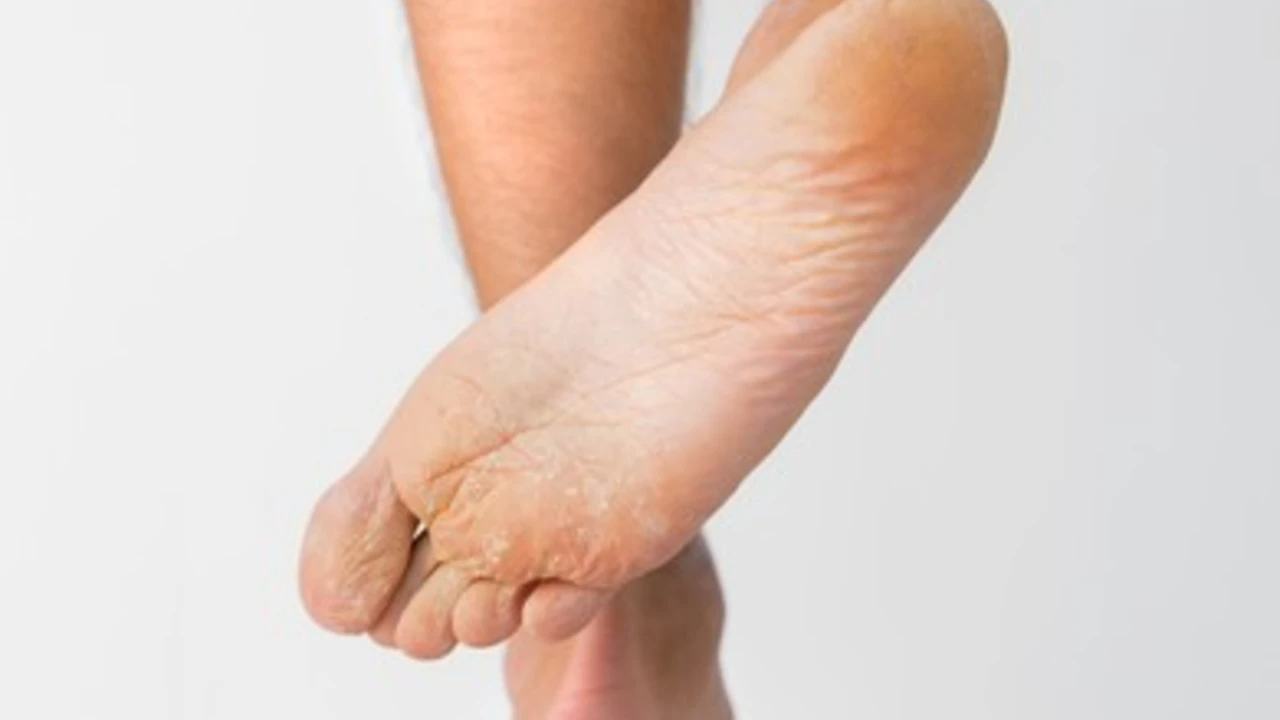The Top 5 Athlete's Foot Myths Debunked

A Sole-ful Tale: The Truth About Athlete's Foot
Lo and behold, fellow readers. It seems like it's time to tackle something a bit more serious today. Something that might make you squirm a bit with its discomfort and grossishness. But hey, we've all been there. We've all laced up our runners on a hot Brisbane summer day, sweated our way through a heart-hammering workout, and then, with that familiar tickle in between our toes, regretted not packing a spare pair of socks. It’s athlete's foot, or as the fancy people call it, tinea pedis. There are myriad myths and misconceptions surrounding this common affliction. Today, I'm going to wade through the murky waters of misinformation, shine a light into the sweaty corners of confusion, and bring you the unequivocal truth about these unwelcome foot invaders.
Myth: Only Athletes Suffer from Athlete's Foot
Now let's start with perhaps the biggest misconception about this prickly predicament, the one that even gave it its name: "Only athletes get athlete's foot." This is akin to saying, "Only wizards play Quidditch." Friends, that's a total load of hogwash! Athlete’s foot, much like annoying telemarketers, does not discriminate. Sure, your foot may have a higher chance of getting a taste of this funky fungus if you're fond of marathons followed by marathon sauna sessions. However, anyone can get athlete's foot if the circumstances align, be it a software engineer who spends most of his life in AC-backed cubicles or a Pomeranian-loving granny who hasn't lace up her sports shoes since the Beatles were big.
Mind Your Foot Health: Don’t Let Fungal Infections Creep In
See, athlete's foot arises from a scuffle between our foot skin and certain types of fungi, namely, dermatophytes. These little buggers just love a moist, warm environment, conditions that are usually awesomely (for them) provided by sweaty feet locked for hours in tight-fitting shoes. That's why the conditions are ripe for an outbreak in shared environments like swimming pool locker rooms or public showers, where people who are carriers of the infection walk around barefoot. Is the mystery of the name starting to unravel? The term "athlete's foot" seems to have more to do with the environments often frequented by athletes, rather than the athletes themselves.
Cotton Socks are the Best Anti-Fungal Barrier
Now onto another myth embedded deep within the collective conscience: "Cotton socks are a foolproof way of avoiding fungus foot." Allow me to drop a truth bomb here. Cotton, yes, the fabric we all associate with breathability, naturalness, and whistling while we work in a field under the sun, is not the star we wish it to be when it comes to preventing athlete's foot. But why, Daniel? It's because while cotton is a breath of fresh air for your tootsies in regular situations, when your feet become a damp, sodden mess post that one-hour Spin class or that unexpected dash to the bus, cotton absorbs all that sweat and stays wet. And wet, as we established before, is just the state of the republic that our fungal enemies enjoy.
Ringing the Cotton Socks Alarm: A Synthetic Dilemma
What you should be looking for instead are socks made from synthetic materials that are wicking, aka, have moisture management. This simply means that the fabric doesn't absorb the sweat from your feet, it evaporates it instead. Goodbye wet, hello dry! Hello less favourable conditions for growth of pesky fungi! Don’t believe me? Try it for a week, change your regular cotton socks for some quality synthetic ones - you'll notice the difference.
Myth: Athlete's Foot is a Sign of Poor Hygiene
Moving on to our next myth, "Athlete's foot is a sign of poor hygiene." Man, the judgmental vibes are strong with this one. Just because someone has a case of athlete's foot, doesn't mean they've tossed the soap-holder out of the bathroom window. Remember, fungi are opportunist invaders, it only takes a minor relaxation of vigilance for the invasion to commence. It has just as much to do with circumstances as it does with personal hygiene.
Top Scrub: A Clean Break from Athlete’s Foot
Truth is, maintaining proper foot hygiene certainly helps to keep athlete's foot at bay. Nice and simple. After all, clean and dry feet may disappoint our fungi friends, who are quite the party animals when presented with DJ Sweaty Feet featuring McStinky Socks. But implying that everyone who has athlete's foot is going around with feet that have never seen the business end of a washcloth, shampoo or soap is wrong. And clean does not necessarily mean sterilized, it means dry, looked after and in fresh socks – easy, right?
Myth: Untreated Athlete's Foot will Clear on its Own
And lastly, we have the "ignore it, and it will go away" philosophy, the cry of the ostrich with its head stuck in the sand. There's something inherently appealing to the Aussie spirit about this approach, with our love of the laid back, she'll be right attitude. But friends, this is one where a bit of intervention is necessary. Don't ignore the signs, itchiness, burning, peeling skin between your toes. How about that odd smell? None of these are footsie foreplay, mate, but signs of a lurking infection. Don't hesitate to get treated or it may become a long-term tenant, harder to evict down the line.
Footnote: Stay Footloose and Fungus Free
It takes a bit of care, a bit of attention and frankly, a bit of poking fun to keep these myths at bay and stay on top of foot health. Don't become the reluctant host of the foot-tinea party. Invest in the right gear, do a bit of footsie self-care, and you'll be well on your way to staying fungus-free. Remember, everyone is susceptible, so it's more about managing your risk than anything else. Embrace the Aussie spirit, slip-slop-slap-sock and remain footloose and fungus-free, mates!
RELATED POSTS




